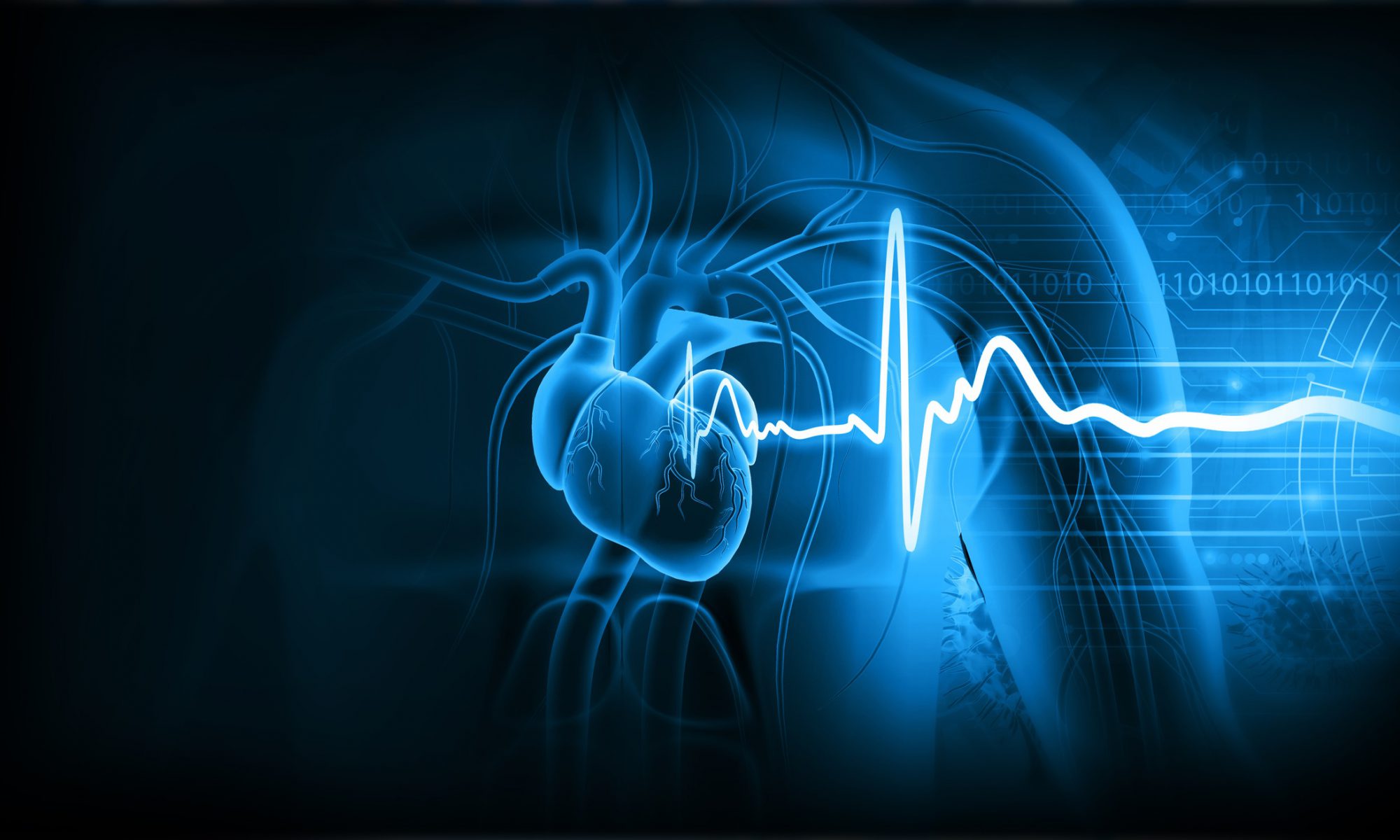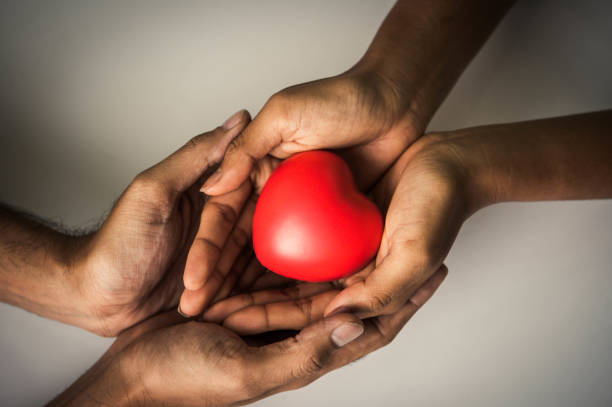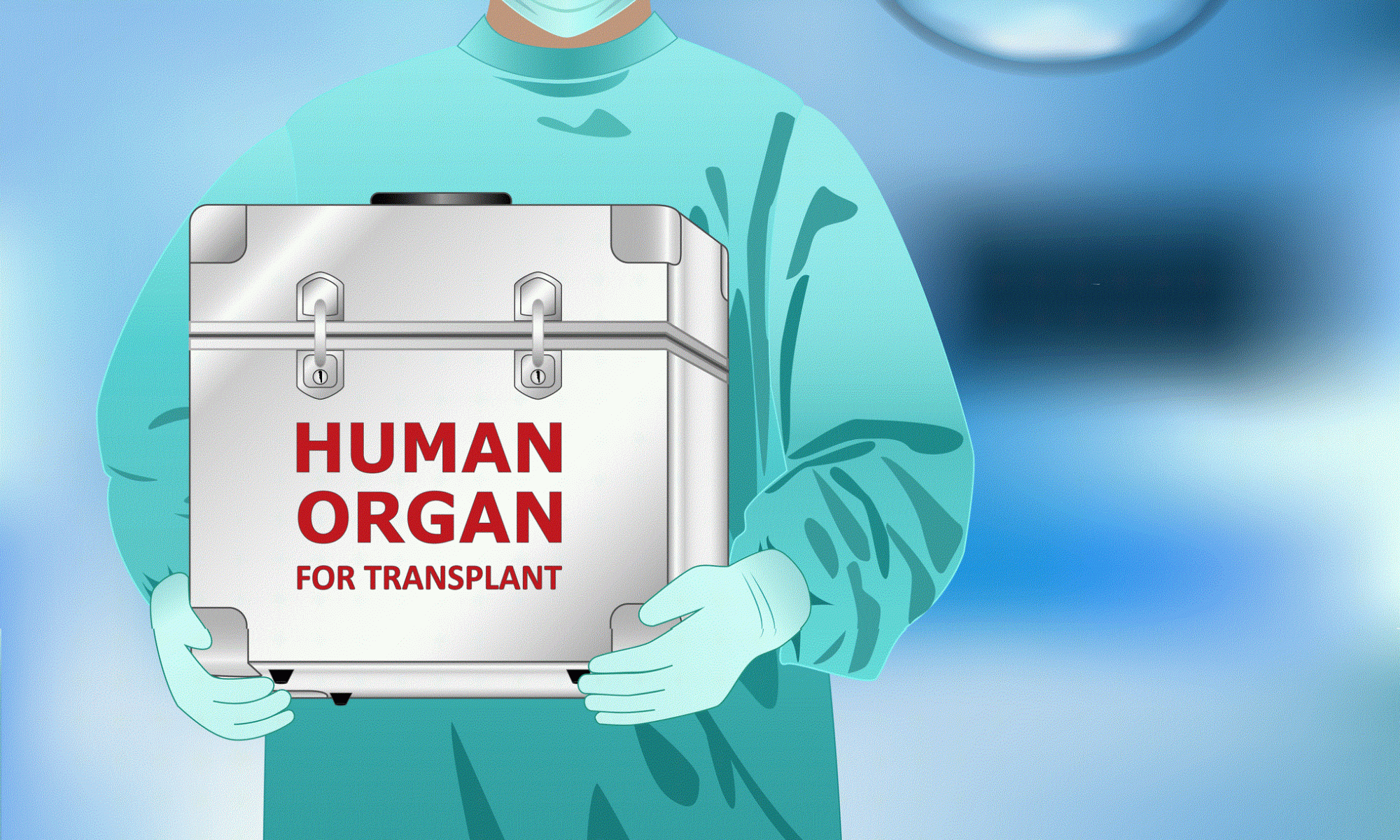Loading
The patient received a new heart after years of severe symptoms due to a congenital heart condition
By Michigan Medicine
Newswise — As the number of heart transplants performed across the United States continues to grow, surgeons at the University of Michigan Health Frankel Cardiovascular Center are taking advantage of technology that could increase its transplant yield by as much as 30%.
In March, transplant surgeons in Ann Arbor completed the health system’s first heart transplant using an organ from a donor who had recently died — a process called donation after circulatory death, or DCD. The patient, a man in his 30s, received the heart after years of deteriorating due to congenital heart failure.
Read more from Michigan Medicine.
Loading





